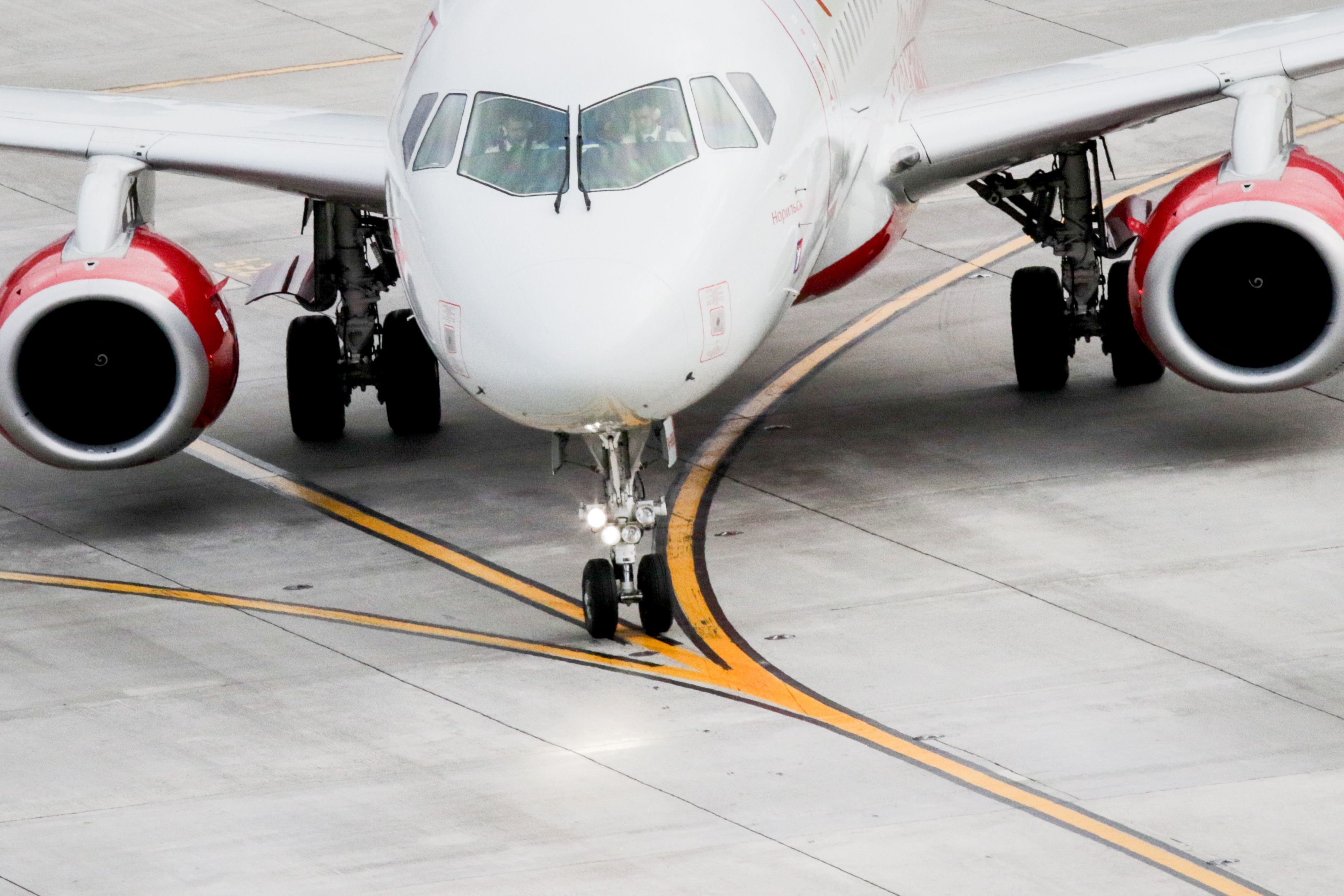On May 9, 2012, while on a demonstration tour of Asia, a Russian-built Sukhoi Superjet 100 crashed into Mount Salak in Indonesia, killing all 37 passengers and eight crew.
After analyzing the Russian aviation marketplace in 2001, Sukhoi identified the need for a regional airliner that had a range of between 3,000 and 4,500 km (1,900 and 2,800 mi). Sukhoi estimated that it could sell around 800 of the planes. Between 200 and 300 would go to Russian and the Commonwealth of Independent States airlines.
SSJ100 Asia Tour
Fast-forward to 2012, Sukhoi already had orders from Aeroflot, Malév, and Armavia for the SSJ100 but wanted to see if airlines in Asia would be interested in the plane. Doing what planemakers always do when looking to find overseas buyers, the firm decided to take the aircraft on a tour of Asia.
After a successful demonstration in Kazakhstan, the plane then went to Pakistan but could not take potential buyers on a test flight due to a leak in one of its engines. The aircraft was transported back to Moscow while another SSJ100 was dispatched to Indonesia to continue the tour.
At around 14:00 local time, the plane took off from Halim Perdanakusuma International Airport (HLP) with several Indonesian airline representatives onboard. At 14:26, the pilots requested permission to descend from 3,000 m to 1,800 m (10,000 ft to 6,000 ft). The permission to reduce altitude was granted, and two minutes later, the plane asked for permission to orbit to the right. This was also approved and was the last communication between the plane and air traffic control (ATC).
The pilots ignored EGPWS warnings
In the vicinity of the plane was the 2,100 meters (7,524 ft) high Mount Salak, an andesitic stratovolcano that last erupted in 1938. Not long after the plane turned to the right, the aircraft's Enhanced Ground Proximity Warning System (EGPWS) alerted the crew with the message "Terrain Ahead, Pull Up." A moment later, a second message, "Avoid Terrain," sounded to tell the pilots that the aircraft needed to turn to avoid crashing.
Instead of heeding the warning, the pilots turned off the EGPWS, believing it to be faulty. A few seconds later, the plane's warning system sounded with the message "Gear Not Down" to signify that the aircraft was close to the ground with its landing gear not deployed. The captain disengaged the autopilot and slightly raised the nose, but it was too little too late as the plane slammed into the mountain.
The Investigation
The final report into the crash, released on December 18, 2012, determined that the aircraft terrain warning system had been functioning correctly and had warned the pilots of the danger. The pilots, however, turned off the system, falsely believing that it was faulty even though the surrounding area was not visible due to thick cloud cover.
Adding to the crash was an ongoing discussion on the flight deck. The investigators also discovered that the pilots flying the plane were unaware of the mountainous terrain and lacked the proper charts for the area.
"Demo" - Google News
May 10, 2022 at 05:30AM
https://ift.tt/n0YOELm
Deadly Demo Flight: The 2012 Mount Salak Sukhoi Superjet Crash - Simple Flying
"Demo" - Google News
https://ift.tt/ocsGSJB
https://ift.tt/eCj2Fpz





No comments:
Post a Comment